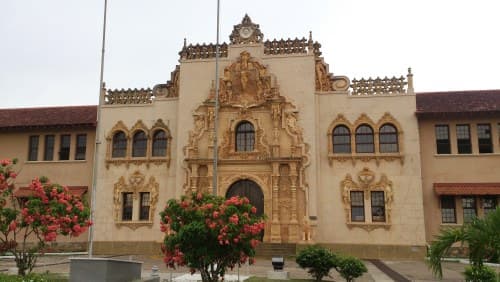The great day of its inauguration was June 5, 1938. That Sunday, after a year and a half of construction, and amid great expectations, the entire town was stationed along the main street of Santiago City to watch the young students who were wearing their navy blue hat, a skirt of the same color and suspenders over a white blouse. The men wore their blue pants and white shirt.
The people of Santiago and the thousands of visitors who had arrived that day for the party, greeted and cheered excitedly. The Juan Demosthenes Arosemena Normal School began its functions as an academic campus to train teachers, a beacon of hope for education throughout the country.
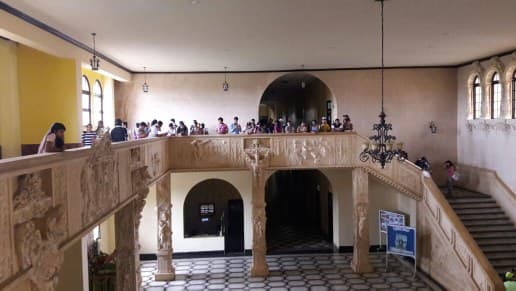
National Historic Monument
This academic monument that seems more like a world-class university institution in the best Harvard style, is a must-see for anyone who is thinking of taking a tourist tour of the city of Santiago, to witness an architectural beauty that impacts starting at the entrance.
Declared a National Historic Landmark in 1984, this monumental structure with 82 years of history has an architecture that represents the history and pride of the citizens, as shown by its two majestic lions that guard the impressive entrance surrounded by baroque-style sculptures and complemented by columns that serve as a prelude to a large hall, decorated with symbolic figures in relief. Each Visitor is surprised by its size and beauty, especially in relation to the surrounding landscape.
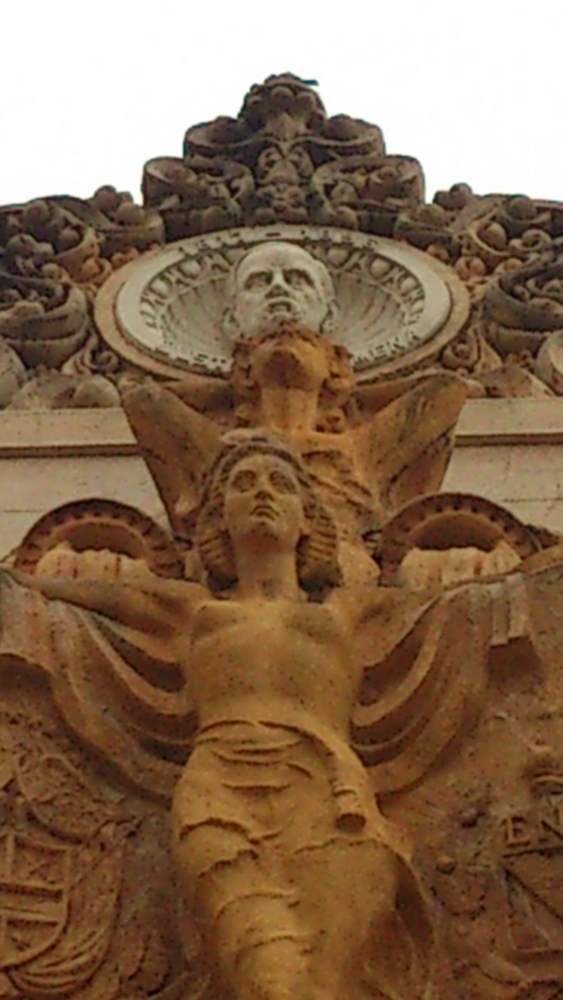
The school, built by the engineer Luis Caselli, and decorated by the Spanish sculptor Rodriguez Del Villar, was the first complete secondary educational center, especially intended for the training of elementary school teachers in the interior of the Republic. In it, thousands of teachers and professionals who chose to pursue careers such as medicine and law had been trained, who have also contributed to the development of the country.
A President’s Dream Materialized
The school was the flagship project of the ninth president of the Republic, Juan Demostenes Arosemena. At that time, the country had only 650,000 inhabitants and an illiteracy rate of 35%, mainly in the interior, requiring thousands of new teachers to spread knowledge and culture all over Panama.
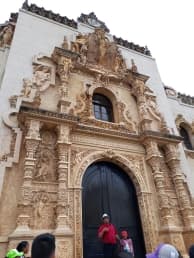
At a time when thousands of peasants emigrated to the capital in search of better life and opportunities, the government made a millionaire investment that would help break the economic, cultural and political hegemony of Panama City. Many towns in the interior yearned to be the headquarters of this investment, but the president opted for Santiago, a city founded in colonial times and until a few years before the inauguration of the academic campus it was at eight hours on horseback from Aguadulce City.
Santiago City, which had 4,500 inhabitants in 1939, had enjoyed great splendor during the colonial era, but after the emancipation of Colombia, it had made very little progress. The pavement of many of its streets were still the same as then.
The province of Veraguas itself was one of the most backward and unequal in the country. If the national illiteracy average was 35%, that of Veraguas reached almost 70%, although among the youngest, the percentage was 54%. Most of the inhabitants of the province worked in agriculture, mainly as peasants for the large landowners.
A New Era in Education
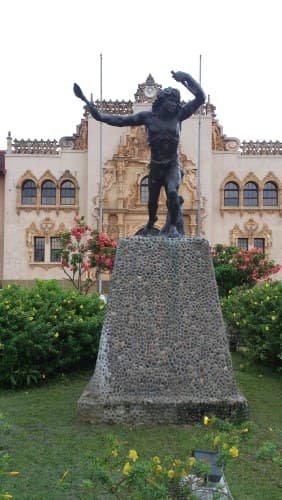
The Normal of Santiago School began to function with almost a thousand students, 650 girls and 210 boys, most of them interns. Many were awarded scholarships by the government and, together, they represented the best of the Panamanian student body in the interior of the Republic.
The teachers had been carefully chosen and would give classes in culture, hygiene, manners, civility and teaching to the teachers who would be trained at the center, who would become ambassadors of a new era for the country, educating a new generation of Panamanians.


